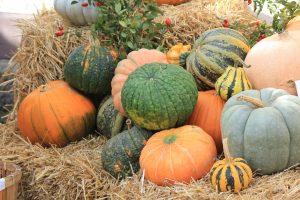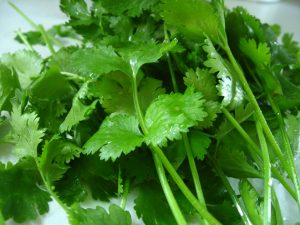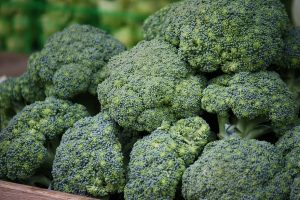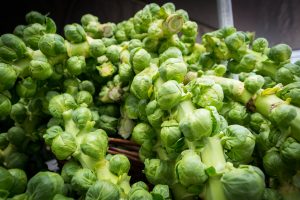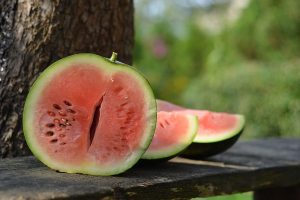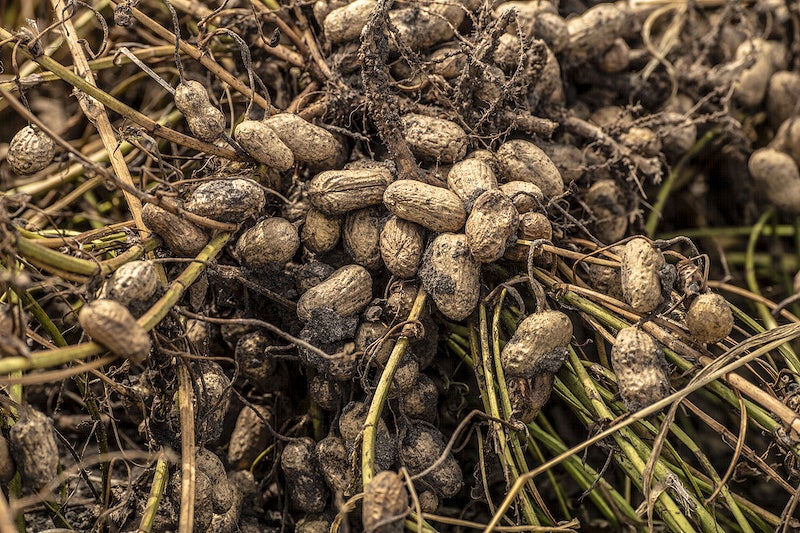
Are you one of those people who loves snacking on peanuts? Would you like to have a constant supply of fresh peanuts right in your garden? Contrary to popular belief, growing peanuts is not as complicated as it may sound. With proper care and maintenance, your peanut plants can thrive and yield an abundant crop each season. In this blog post, we will cover everything you need to know about how to grow peanuts from selecting the right variety to harvesting and storing your crop. So, let’s get started on your journey towards becoming a peanut farmer!
Required size for planting peanuts
To grow healthy peanut plants, you need to make sure that each plant has enough space to grow. As such, it’s recommended to plant peanut seeds in soil that’s at least 18-20 inches across and 18 inches deep per plant. As discussed in section 2, you can prepare the seeds for planting by sowing them around 1-2 inches deep and 6-8 inches apart. Once the plants have grown to around an inch in height, thin the stand to about 8 inches apart to allow each plant to get the space and nutrients it needs. Proper spacing ensures that each plant gets adequate sunlight, water, and nutrients, leading to optimal growth and higher yields. In addition to being spaced out, it’s important to control weeds and grass to avoid competition for resources. By giving your peanut plants sufficient space and maintaining the soil quality through timely cultivation, you can successfully grow healthy peanut plants at home.
Preparing the seeds for planting
To ensure successful growth of peanut plants, it is critical to prepare the seeds properly before planting. Once the right size for planting has been determined, it’s time to start preparing the seeds. The first step is to soak the seeds for at least 12 hours prior to planting. This helps to soften the shell, making it easier for the plant to sprout. It’s also recommended to prepare the soil before planting, adding sand and aged compost to loosen it and create a nutrient-rich environment. For gardeners in colder climates, it may be helpful to start the peanut plants indoors before transferring them outside once the weather has warmed up. By following these simple steps, gardeners can ensure that their peanut plants grow strong and provide a bountiful harvest.
Ideal growing conditions for peanuts
To grow peanuts successfully, it is essential to create the ideal growing conditions for the plants. As mentioned earlier in the blog, peanuts require a warm climate to flourish. A temperature range of 70 to 85 degrees Fahrenheit is ideal for the plants. Additionally, peanut plants need at least six hours of sunlight per day. For this reason, it is crucial to choose a planting location that receives enough sunlight. Peanuts also need well-draining soil with a pH level between 5.8 and 6.2. Proper irrigation is also key to the success of peanut growth. Plants require adequate water during the growing season and mustn’t be exposed to heavy rains or standing water. By following the steps for peanut planting and creating the ideal growing conditions, you’ll be sure to harvest an abundant and delicious peanut crop.
Best soil for growing peanuts
If you want to grow peanuts successfully, it’s essential to have the right soil. A sandy loam soil is ideal, which means the soil is loose and well-drained. Peanuts don’t tolerate compacted soils, and they need space for their pegs to grow and penetrate deeply. The ideal soil should also contain plenty of organic matter, which helps with nutrient retention and water retention. Peanuts prefer slightly acidic soils, so testing your soil’s pH levels and amending it as necessary can make all the difference. If your soil isn’t sandy enough, container gardening is an option. Providing the right growing conditions for your peanut plants will help them to thrive and produce a healthy crop. In the next section, we’ll explore how to start peanut plants in colder climates.
Starting peanut plants in colder climates
For those living in colder climates, planting peanuts might seem like a difficult task. However, there are ways to work around the short growing season and successfully grow this beloved legume. Sowing peanut seeds indoors is one approach to ensure a steady germination and growth rate. Additionally, its important to monitor the temperature and ensure that the soil remains warm enough for the seeds to sprout. Peanut plants, much like potatoes, thrive in loose, well-drained soil, so adding sand and aged compost to the soil can help improve its texture and nutrient density. With these tips and strategies, its possible to grow peanuts no matter where you live.
Growth characteristics of peanut plants
Peanut plants are known for their unique growth characteristics. It is important to note that peanut plants are not trees or bushes, but rather they are legumes that grow underground. As previously mentioned, peanuts require loose, well-drained, sandy loam soil with a slightly acidic pH range of 6.0-6.5. Peanut plants have a bushy habit and can grow up to 18 inches tall. They produce yellow flowers, which eventually drop and form pegs that elongate and push their way underground to form the peanuts. Peanut plants are also known for their ability to fix nitrogen in the soil through rhizobium bacteria, similar to peas and beans. It is recommended to keep the soil moist to ensure successful germination and to allow for proper growth of the peanut plants. As the plants grow, it is important to provide them with adequate space, with seeds planted 4 to 6 inches apart and a single plant capable of producing up to 50 peanuts.
Ideal planting season for peanuts
When it comes to planting peanuts, timing is everything! The ideal planting season for peanuts is typically from mid to late spring, after the last frost date in your area. In Zone 7a Virginia, for example, the perfect peanut planting time is sometime in May. To ensure optimal growth and yield, it’s crucial to plant your peanuts when the soil is warm and moist. This allows for better germination rates and overall plant development. If you have a short growing season or live in a colder climate, you may need to adjust your planting schedule accordingly. However, by adhering to the recommended planting season and following the other steps in this guide, you can easily grow delicious and nutritious peanuts right in your own backyard!
Preparing seeds for faster germination
To ensure faster and more successful germination of peanut seeds, it’s important to properly prepare them before planting. As mentioned earlier, if planting shelled peanuts, make sure to leave the red skin intact. For faster germination, soak the seeds in warm water for up to 24 hours before planting. This can help soften the seed coat and promote quicker sprouting. Additionally, consider treating the seeds with a nodulation inoculant, which helps establish the symbiotic relationship between the peanut plant and nitrogen-fixing bacteria in the soil. By taking these extra steps, peanut growers can give their seeds a better chance of thriving and producing healthy plants.
Origin and characteristics of the peanut plant
The peanut plant, also known as Arachis hypogaea, is a legume crop that is mainly grown for its edible seeds. Originating from South America, peanuts have become a popular crop worldwide due to their versatility and nutritional value. Peanut plants can grow up to two feet tall and produce yellow, pea-like flowers that eventually develop into pods with two to three seeds inside. Peanuts are considered an excellent source of protein and healthy fats, as well as other nutrients like vitamin E and magnesium. Understanding the origin and characteristics of this crop is essential for successfully growing and harvesting peanuts.
Different varieties and methods for growing peanuts at home
When it comes to growing peanuts at home, there are a variety of methods and cultivars to choose from. Some popular varieties include Valencia, Spanish, and Runner peanuts. Each has its own unique flavor and uses, so it’s worth trying a few to see which one suits your needs.
In terms of methods, there are a few different approaches you can take. One popular option is to plant peanuts in raised beds, which can help improve drainage and make it easier to harvest the nuts when the time comes. Another option is to plant them in containers, which can be a great choice if you have limited space or want to move the plants around as needed.
No matter which cultivar or method you choose, it’s important to make sure your peanuts get plenty of sunshine and water throughout the growing season. You’ll also want to keep an eye on pests like aphids and spider mites, which can damage the plants and reduce your yield. With a little patience and care, however, you can grow your own delicious peanuts right at home.


